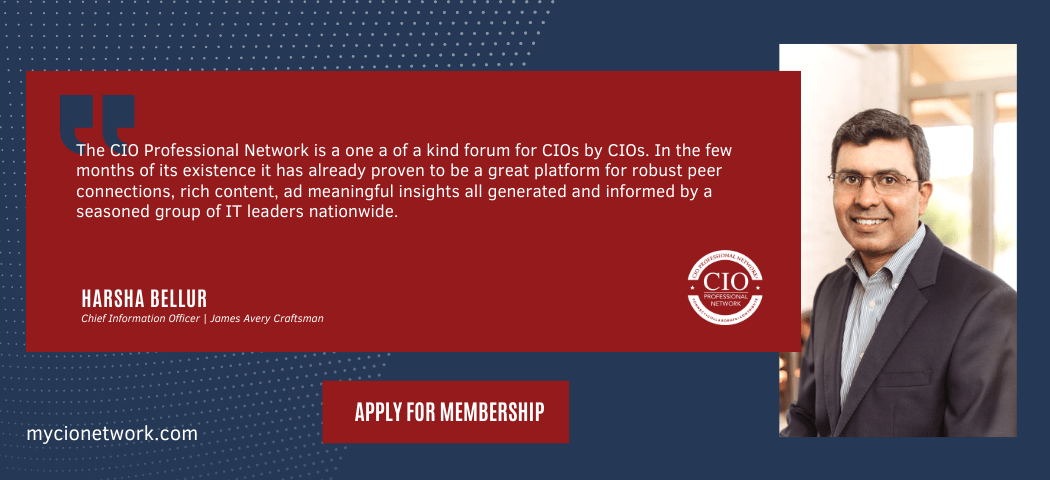We’ve all heard how we “need to be strategic in our thinking” or how “we need to strategize over the latest problem to surface”, but what does that actually mean? Too often in my career, I’ve seen people throw the word “strategy” around without really thinking much about what a strategy is or why it is important. To be fair, I spent much of my career in a similar situation, having only a cursory understanding of what was meant by it and unsure how to deliver it.
For many, the idea of a strategy is a lengthy white paper with lots of prognostication about the future. For others, it’s more like a buzzword to hang ideas off. I believe that it is so frequently misused that it risks losing value as a term. How many times have we seen something like “people-based culture” or “operational excellence” presented as strategy, when in reality those are more like values or operating principles than strategy.
In his article What is Strategy, renowned thought-leader Michael Porter decries this focus on “Operational Effectiveness”, or doing something better than competitors, seeing it as necessary but not sufficient. He articulates the need for differentiation, effectively describing strategy as the need to choose which battles to fight. It’s an excellent read and still highly relevant today despite being written in 1996!
Competitive strategy is about being different. This means deliberately choosing a different set of activities to deliver a unique mix of value
Michael Porter
Porter’s assertion that the essence of strategy is “choosing to perform activities differently than rivals do” is not a new realization. Sun Tzu (544-495 BCE), author of The Art of War – often considered the definitive work on strategy and war – makes it clear that choosing which battles to fight is a critical part of a strategy. He writes, “So in war, the way is to avoid what is strong, and strike at what is weak”, and even “The wise warrior avoids the battle”.
The essence of Sun Tzu’s quote and Porter’s reminder that operational effectiveness is necessary but not sufficient for success offers the same advice: Make sure you have a clear vision of what you are aiming to achieve, be willing to take the hard decisions required to focus your efforts, and know your path forward.
I find that looking at strategy within a larger context of organizational objectives can make things more straightforward. For me, the OGSM (Objectives, Goals, Strategies, and Measures) Model offers a simple representation that makes it easier to understand the concepts.
In the OGSM model, you have one or more Objectives – typically the vision or future state. An example might be,
- “We want to be the preeminent widget manufacture in the world.”
To achieve this objective, we need to identify a series of Goals or milestones that would have to be met along the way, e.g.
- “Dominate the widget market for type-X widgets in the US”, or
- “Be the provider of choice for widgets in Europe” etc.
To meet these goals, we need to make critical decisions on where to invest time and resources, and, more importantly, where NOT to do so. These are Strategies, and they help describe the way we aim to achieve the goals. For example, we could have a strategy like:
- “Undercut our competitors on price in the short term”, or
- “Compete on quality, so we are recognized as the best”.
It’s important to emphasize that strategies generally involve trade-offs. In the same way that you can’t fight a battle on all fronts at the same time, you can’t really be the best quality and the cheapest and the fastest all at the same time – you will likely fail in all areas. This is why these decisions are so critical.
The remainder of the model describes how you will measure your progress towards these goals, and goes into further detail about the specific steps to take, but that’s beyond the scope of this article.
Strategy plays a critical role in achieving desired outcomes, yet I contend that it is still significantly underrepresented or misunderstood in the corporate world. What can you do to help your organization? I’d recommend you start by reading books and papers on the subject and try to use this in your day-to-day work. You don’t need to start with the big stuff; a small team can still use strategy to help get success within their organization. It’s also worth noting that The Art of War is actually a very easy, relevant, and inspiring read – and fairly easily applicable to business topics.










